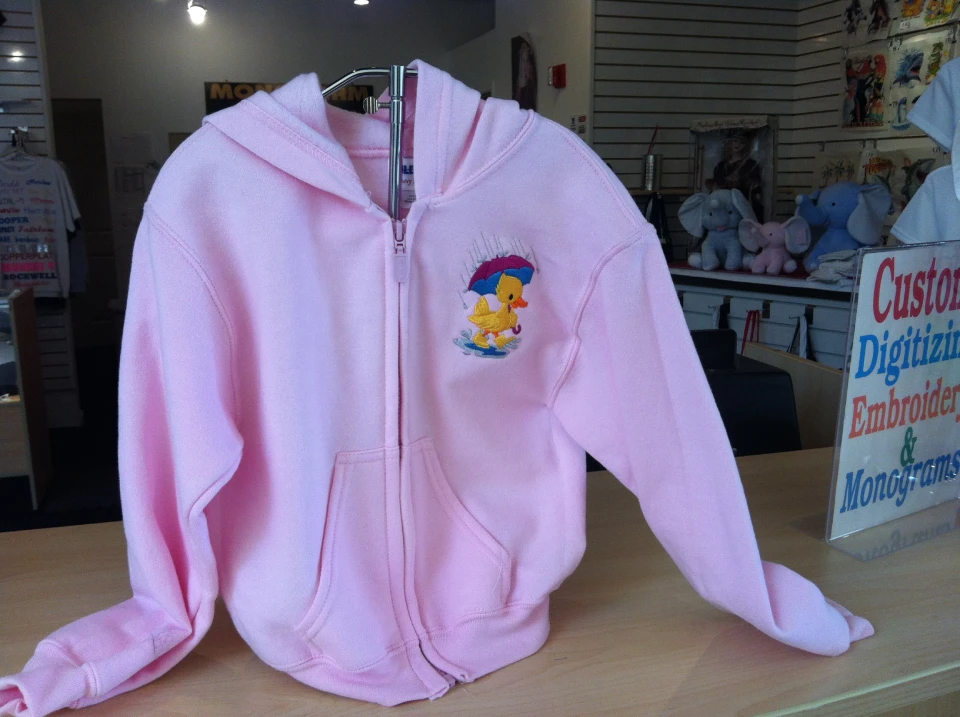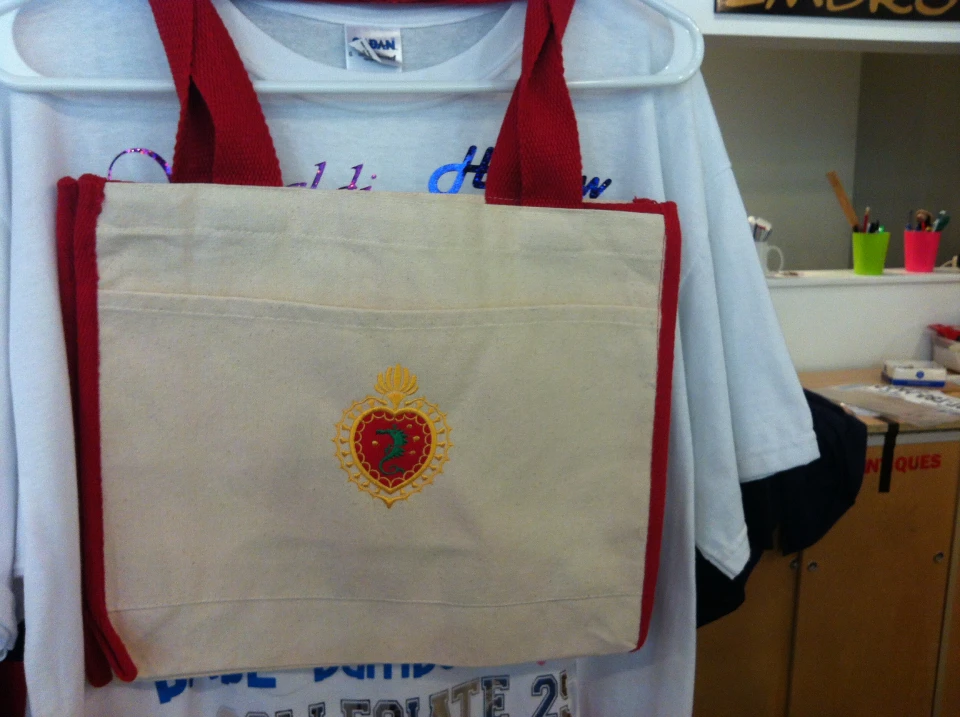Sophisticated Monogramming on Towels for a Touch of High-end
Sophisticated Monogramming on Towels for a Touch of High-end
Blog Article
The Art of Personalized Needlework: Unlocking the Tricks to Creating Unique and Unforgettable Styles
The secrets to developing personalized embroidery layouts that mesmerize the eye and leave a long lasting impression lie in a delicate balance of method, creativity, and attention to information. As we dig right into the world of customized embroidery, we discover the nuanced interplay between string option, sew intricacy, and style customization that raises a mere garment to a job of art.
Selecting the Right Embroidery Threads
When choosing embroidery threads, what key factors should you think about to guarantee the very best outcomes for your custom styles? The choice of embroidery string is important in establishing the final result of your stitched style. Among the key considerations is the product of the string. Various products such as cotton, polyester, rayon, and silk use differing levels of luster, longevity, and texture. It is important to choose a thread material that matches the textile you are stitching on and aligns with the preferred look of the layout.
Thicker strings can include measurement and structure to your design, while finer strings are ideal for complex details and little message. Furthermore, considering the color fastness and washability of the thread is important to ensure that your personalized layouts maintain their quality and vibrancy over time.
Checking Out Different Stitch Techniques
To look into the realm of 'Exploring Various Stitch Techniques', one should realize the intricacies and nuances that each sewing method brings to the art of needlework. Various stitch techniques not only include visual passion but additionally add to the total texture and measurement of the design. One prominent stitch method is the satin stitch, which entails carefully stuffed parallel stitches to create a smooth and shiny surface area, suitable for filling out forms and creating strong outlines.
On the other hand, the backstitch is a versatile strategy frequently utilized for describing and including great details. It includes sewing backwards to create a solid line of embroidery. In addition, the French knot stitch includes a tactile aspect to designs, perfect for creating distinctive accents like blossom centers or ornamental touches.
Discovering different stitch techniques permits embroiderers to have fun with light, darkness, and depth within their designs, raising the aesthetic appeal and artistic high quality of their embroidery tasks. By mastering various stitching methods, one can unlock endless opportunities for developing special and unforgettable custom needlework pieces.
Incorporating Personalized Style Components
Having actually explored the details of various stitch strategies such as the satin investigate this site stitch, backstitch, and French knot, the emphasis currently shifts in the direction of integrating tailored design elements in customized embroidery jobs. Individualized style components play a critical role in making embroidery jobs truly distinct and memorable. One means to incorporate customization is by adding initials, names, or considerable days to the style. This not only adds a customized touch yet additionally enhances the nostalgic value of the embroidery item.
Another method to integrate tailored design components is by consisting of icons or reference motifs that hold unique definition to the recipient or reflect their passions and character. As an example, including a favorite flower, pet, or hobby-related sign can make the embroidery layout extra purposeful and customized. In addition, selecting colors that reverberate with the recipient or straighten with the desired theme can better improve the personalization of the needlework task.
Grasping the Art of Shade Control

One secret facet of color control is recognizing shade theory. This consists of knowing how different colors communicate with each other, the feelings they communicate, and exactly how they useful source can be integrated to produce aesthetically attractive styles. By applying color concept concepts, embroiderers can create unified shade combinations that enhance the total look of the layout.
In addition, taking notice of comparison is important in shade sychronisation. Making use of contrasting colors can assist particular aspects of the layout pop, enhance readability, and develop an aesthetically dynamic embroidery item. By grasping the art of color control, embroiderers can elevate their styles and develop remarkable pieces that resonate with customers and audiences alike.
Enhancing Structure With Advanced Needlework Stitches

French knots, as an example, are ideal for including little, raised dots to your layout, resembling the look of grains or developing a textured surface area. Bullion knots, on the various other hand, can be made use of to produce twisted, ropelike components that include an elegant feeling to the embroidery. Seed sewing includes small, scattered stitches that can fill out locations with a multicolor texture, while turkey work develops cosy, dimensional accents similar to animal hair or foliage. Explore these innovative embroidery stitches enables you to press the boundaries of standard needlework and develop truly special and visually enticing structures in your styles.
Verdict
Finally, the art of custom-made embroidery involves a combination of choosing the appropriate strings, checking out numerous stitch methods, including individualized style components, grasping shade sychronisation, and enhancing texture with innovative stitches. By recognizing and carrying out these crucial aspects, embroiderers can develop one-of-a-kind and unforgettable styles that showcase their creative thinking and ability. Embroidery fanatics can open the secrets to developing lovely and bespoke pieces that stick out and leave a long-term impact.
Report this page